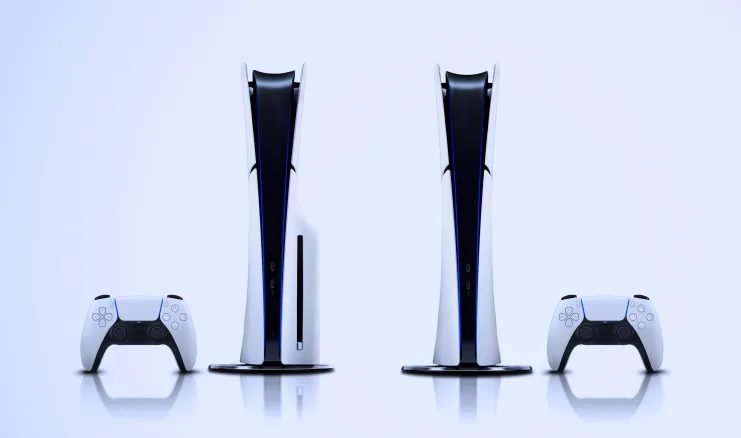
The Japanese company will stop producing special games at the beginning of the “last life cycle” and redefine new strategies for the PS5.
In an unexpected turn that has caught the attention of fans and analysts alike, Sony is facing an inescapable reality: sales of the PlayStation 5 (PS5) have failed to meet previous expectations, prompting the company to reassess its assumptions and future strategies. This adjustment, revealed in the latest quarterly earnings report, reflects not only the changing landscape of the console market, but also the inevitable progress of the PS5’s lifecycle towards maturity.

View the current panorama
The company has revised up its sales outlook for its latest console, predicting sales of 4 million fewer units than expected in fiscal 2023 as of March 31. Initially, the goal was to reach 25 million consoles sold, but this figure was adjusted to 21 million. This change reflects the challenges and evolution of the market, as well as the positioning of the PS5 at an important stage in its existence.
Despite this adjustment, the third quarter saw an increase in PS5 sales, with 8.2 million units sold compared to 6.3 million in the same period a year ago. However, this growth fell short of forecasts, falling nearly a million units short of expectations. This effect happened even with the release of notable titles like Spider-Man 2 and the introduction of a slim console version in November.
between profitability and sales
Sony’s direction shows a strategy that prioritizes profitability over sales volume. Naomi Matsuoka, Sony’s senior vice president, emphasized this approach, noting that the console is entering late in its life cycle. This new phase involves balancing between maintaining profitability and adjusting sales projections, especially considering that there are no plans to launch “any major franchise titles” in the next fiscal year.


Competition in the console market promises to intensify in 2024. Microsoft is expected to offer upgraded Xbox Series S consoles and a disc-less Xbox Series X, known as Brooklyn, with twice the storage of the current model. Nintendo, on the other hand, may present a successor to the Switch console, which has been on the market for seven years. Rumors suggest that Sony may launch its own response with a Pro version by the end of 2024.
From innovation to consolidation
At the heart of Sony’s strategy is a vision that goes beyond the traditional console lifecycle. The PS5, since its launch, has not only been an entertainment platform, but an icon of technological innovation. Its ability to deliver superb visuals and immersive experiences has set a new standard in the world of video games. But, like any other technology, it evolves and adapts to the needs of the market and its users.
This shift to prioritizing profitability over wholesale is not a new phenomenon, but a common practice in the industry as products reach a certain maturity. What sets the PS5 apart is how Sony plans to navigate this change. The addition of new titles and experiences, along with the optimization of hardware, indicates an approach that seeks to balance continuous innovation with financial sustainability, so that the console remains useful and desirable in today’s competitive market.


The PS5 journey is far from linear, navigating waters that mix challenges with opportunities for reinvention. Sony has practiced, adjusting its sails to a future where profitability and innovation lead the way. This shift in strategy reflects not only the natural evolution of a popular product, but also the ever-changing market dynamics, making anticipation and adaptation key to staying relevant.